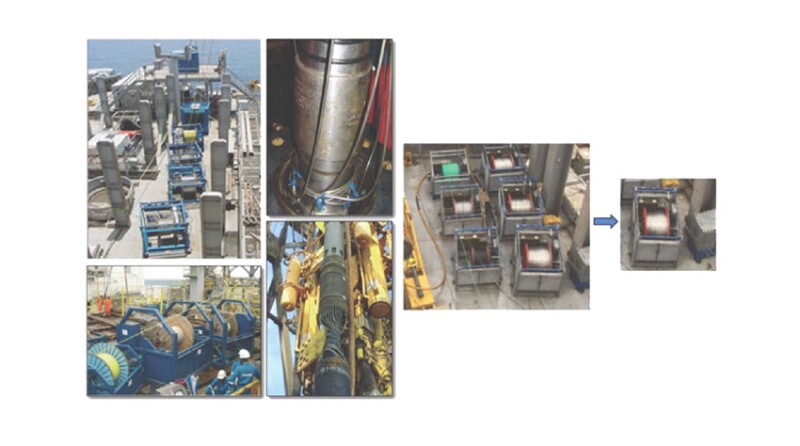A collaborative venture aims to introduce an innovative intelligent completion system in the context of multiple wells to replace conventional electrohydraulic systems that have been in use for decades by electrifying the process. The study illustrates that electrification can facilitate the coexistence of sustainable practices and profitability, offering a promising outlook for the future.
All-Electric Completions
All-electric completions aim to replace the entire hydraulic infrastructure downhole, at seabed, and topside with electric systems, thus opening new performance capabilities while simplifying operations.
All-electric downhole tools can be multidropped on a single line as opposed to hydraulically controlled equipment that requires dedicated control lines for each device. The single electric line distributes power and provides bidirectional communication between the topside control system and all downhole tools. All-electric completions open the possibility of controlling conventional equipment such as gas-lift valves or chemical-injection valves with much higher precision with control from topside of any equipment that would otherwise require wellbore or annulus pressure to be actuated.
Electrified completion devices theoretically can be connected to the same electric cable, which is called tubing-encased cable or permanent downhole cable.


